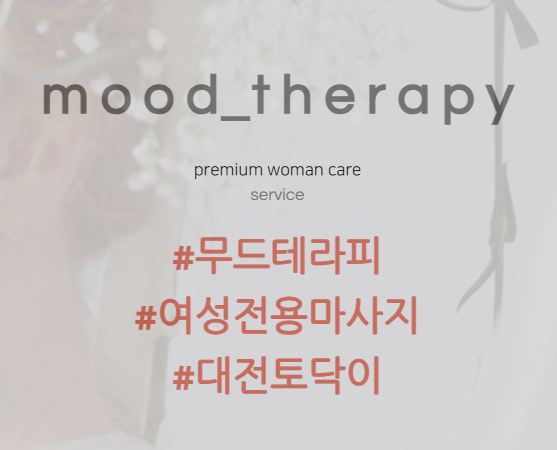Introduction to 토닥이: A Symbol of Comfort and Care
In Korean culture, the term 토닥이 represents a simple yet profound gesture of comfort and affection. It refers to the act of gently patting someone’s back or shoulder, typically when they are feeling upset, sad, or anxious. This small but meaningful act holds a deep cultural significance, as it not only provides physical comfort but also conveys emotional support. The importance of 토닥이 can be seen in how it promotes a sense of belonging, empathy, and emotional healing, particularly in times of stress.
Though seemingly simple, 토닥이 has evolved beyond just a physical action. It has become a language of its own, transcending the need for words to communicate care and support. By understanding 토닥이, we can better grasp the significance of non-verbal communication in Korean society, where subtle yet powerful gestures hold immense meaning.
The Symbolic Meaning of 토닥이 in Korean Culture
토닥이 goes beyond the act itself and is often seen as a cultural symbol of compassion and emotional intelligence. It embodies the idea that even in difficult moments, small gestures of kindness can make a significant difference. The physical act of patting someone’s back lightly signifies not only reassurance but also a deep sense of understanding. In Korean culture, where emotional expression is often reserved, the act of 토닥이 can serve as a bridge for showing empathy and concern without the need for verbal acknowledgment.
In times of emotional distress, Koreans often turn to 토닥이 as a form of support. Whether it’s a friend dealing with a personal loss or a colleague who has had a rough day, this simple gesture can help provide comfort and offer a moment of emotional relief. It’s a form of communication that strengthens relationships and fosters a sense of solidarity.

The Psychological Impact of 토닥이
토닥이 holds significant psychological benefits for both the person giving and receiving it. From a psychological standpoint, the act of 토닥이 can release feel-good hormones like oxytocin, which plays a crucial role in bonding and emotional connection. This physical touch, even though gentle, can create a sense of security, reducing anxiety and promoting emotional well-being. For the receiver, it often feels like a warm embrace that reminds them they are not alone, helping to alleviate feelings of isolation or distress.
Research in psychology has shown that physical touch is an essential part of human interaction and can significantly impact mental health. 토닥이, in its simplest form, can have the same profound effect as other forms of physical affection like hugs. The connection fostered through such actions can help reduce stress levels, increase feelings of happiness, and even improve overall health.
The Role of 토닥이 in Korean Families
In Korean families, the practice of 토닥이 often starts from a young age. Parents use it to soothe their children during moments of distress, teaching them the importance of empathy and emotional expression. This familial bond creates a foundation for emotional intelligence, where children learn to not only express their emotions but also to understand and respond to the emotions of others.
As children grow older, they begin to use 토닥이 on their own family members, from siblings to parents, creating a cycle of emotional care that is passed down through generations. The continuity of 토닥이 within families serves as a reminder of the importance of nurturing relationships, particularly during tough times. In Korean society, where traditional values of family and community are highly esteemed, this simple act reinforces the idea of collective support and emotional interconnectedness.
